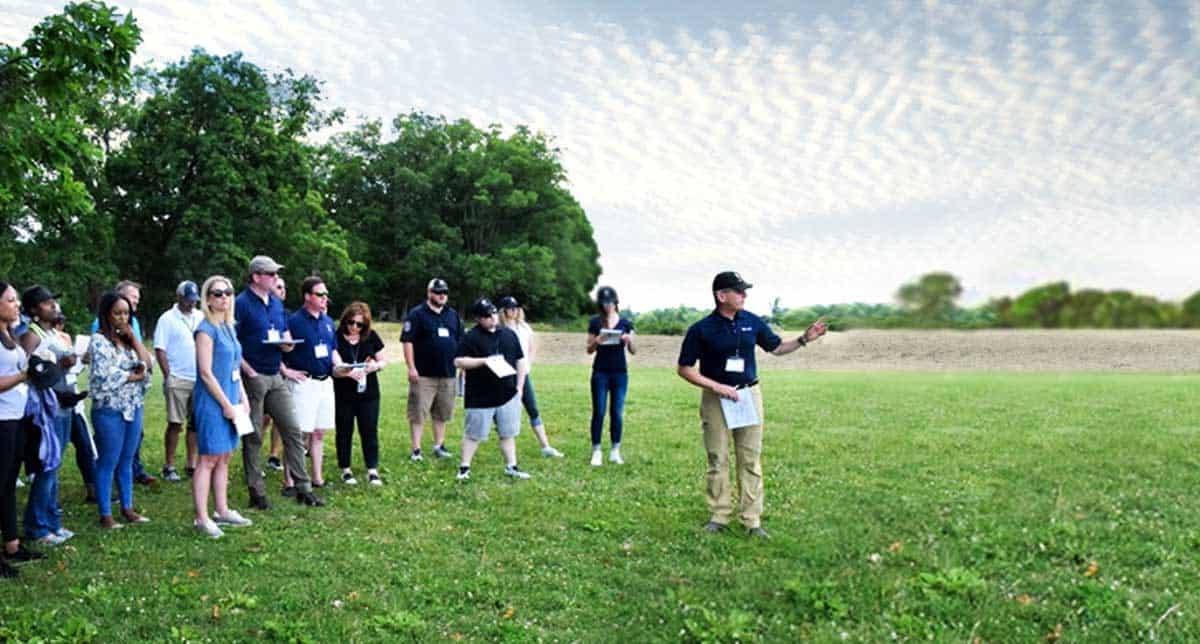
Henry Ford once said, “Coming together is a beginning. Keeping together is progress. Working together is success.” Although he was reflecting on his own experience, Ford could have been referring to just about any team, at any time. In the previous post, we discussed how assembling the right team enabled the Ford Motor Company to grow from a small startup in a crowded market into the largest automaker in America in the 1920s. In this post, we will look at how Abraham Lincoln approached the prospect of taking office as the nation split, and how humility and pragmatism enabled him to turn a “team of rivals” into the cabinet responsible for the Union war effort.
As the campaigns for the presidential election of 1860 got underway, Abraham Lincoln was the most unlikely of all the contenders in the Republican Party. His only national political experience was a single term in Congress. He was an able state legislator and well-known attorney in his hometown of Springfield, Illinois, but in a party dominated by national figures, Lincoln was a rank outsider. The frontrunner was William H. Seward, an ambitious former senator and governor of New York. In close second was Salmon P. Chase, a former senator and governor of Ohio who was every bit as ambitious as Seward. Simon Cameron was not a serious candidate, but he nonetheless controlled many votes at the Republican Convention. Edward Bates, a former Congressman from Missouri, was the fourth candidate. Lincoln’s candidacy was expertly managed by a dedicated team who steered him through to the Republican Convention, where he was nominated on the third ballot.

The election of 1860 unusually pitted four candidates from four different parties against one another. Lincoln emerged as the winner in the Electoral College, an outcome that deepened the sectional divisions between the North and South. Unable to sleep on election night, Lincoln wrote a list of the men he wanted in his cabinet. The list included all his Republican rivals. Over the days and weeks that followed, Lincoln approached each man on his list and offered him the cabinet post he had selected for him, deftly tailoring his approach to win over each of the towering personalities. Seward became Secretary of State. Chase was appointed Secretary of the Treasury. Bates became Attorney General. Cameron was appointed Secretary of the Navy. These and the rest of Lincoln’s cabinet members were accomplished, well connected men, and they had more experience in government than he did. Keeping them together was a daunting prospect.

Much has been made of Lincoln’s “team of rivals.” He selected these men partially because of the sectional balance they would bring to foster a sense of unity, but more importantly, he picked them because they were highly capable. Lincoln understood that each of these men needed to have his voice heard; and he set a tone of allowing them to speak freely in cabinet meetings and did not get upset when they vehemently disagreed with him. Early in his term, Seward sent a memorandum that pointedly told Lincoln he was unfit for office. Lincoln was hurt, but it was politically unwise to fire Seward; Lincoln met with him privately and diffused the situation. In time, Seward became one of Lincoln’s most loyal lieutenants. Lincoln often frustrated Secretary of War Edwin Stanton with his habitual folksy storytelling to make his points. Lincoln used stories and often self-deprecating humor to diffuse tensions in difficult meetings. His leadership style allowed him to leverage his cabinet members’ considerable talents to manage the war effort and gave them the latitude they craved. His pragmatic recognition that he needed them underpinned his approach and set the conditions for them to work together.
Battlefield Leadership’s Lincoln Leadership Experience explores Abraham Lincoln’s unlikely road to the White House and the way he forged a team that spearheaded the Union war effort and steered the 13th Amendment abolishing slavery through a fractious Congress. This program will open your eyes to Lincoln’s nuanced approach. Thinking like Lincoln will challenge you to consider how you lead your own team.
We will see you on the battlefield.
Through our unique programs, leaders from Fortune 500 companies, government entities and higher education institutions learn how to overcome challenges and transform their organizations, positioning them for future successes. Find out how Battlefield Leadership can help your team by emailing info@battlefieldleadership.com or by calling 864.386.9637.












